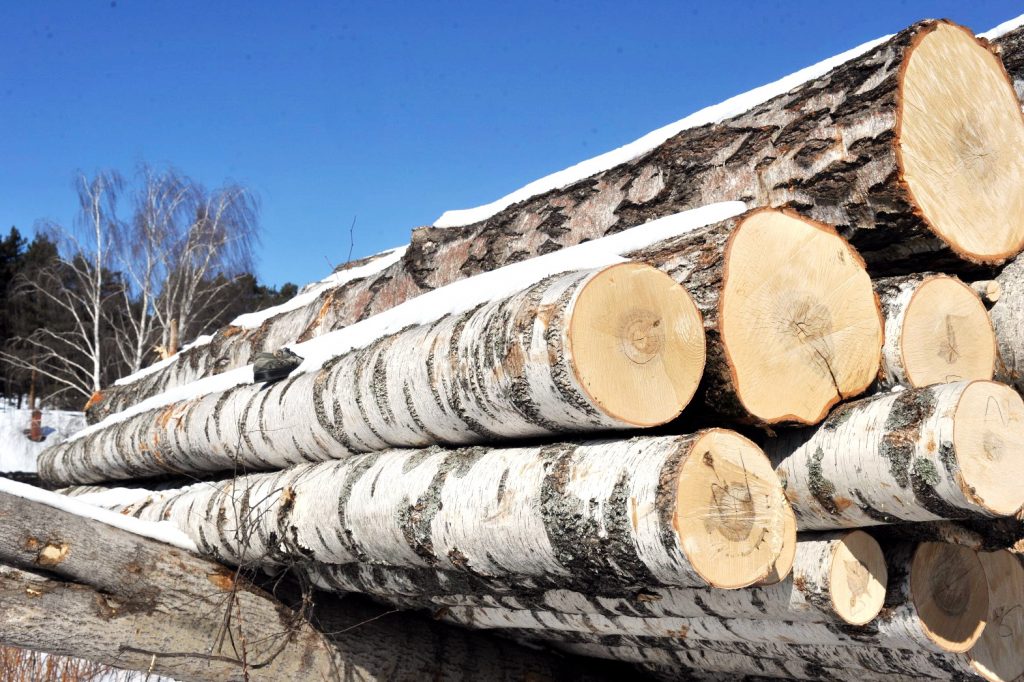What is happening in the market of plywood raw materials?

Over the past seven years, the volume of Russian plywood production has been constantly increasing. Domestic enterprises are expanding their production capacity. With the increase in the volume of production at the plants increases the need for plywood raw materials. However, now with the delivery of a range of firm birch in time of trouble.
In the market of plywood ridge there is a high competition. Senior consultant of the company “Indufor” Vasilisa Hanninen believes that in the near future the situation with raw materials will not get better. Over the past five years, the cost of a range of firm has doubled in size. Suppliers already sell plants from a range of firm 3 thousand rub./m3 and above. At the same time, many plywood plants compete with each other for wood, as their raw material supply regions intersect.
Every year the quality of wood species composition and its grade decreases. Due to the fact that not all logging companies after logging are engaged in its restoration. Time is so lost that even if in our country will go from extensive forest management, and all cutting will be carried out on an intensive model, the results will appear after 20 years. In addition, we must not forget that the plywood mills, which rent forest areas, often do not know what volumes and species of wood will be able to procure, because while in our country is not kept a permanent record of felled and growing trees. A striking example is the situation in the North-West of our country, where in the declared documents the taxation data on forest areas are very different from the real indicators.
Companies are reluctant to invest in infrastructure development because the average payback period is five years. And now the harvester is forced to travel long distances to cut down and bring raw materials to the consumer. The average distance from forest to mill 600 km. there are situations where because of the remoteness of forest areas have to carry the ridge over one thousand kilometers. At the moment, every year for the preparation of high-quality wood increases the “delivery shoulder”, and the share of logistics costs accounts for 50% of the total cost of raw materials. However, when freight costs increase, transport companies do not receive a margin. The main reason for the increase in raw material prices is the lack of a well-established process in the wood supply chain.
According to “Indufor” in Russia over the last seven years the volume of production of plywood increased to 1 million m3 (CAGR – 5%[1]): since 2010, the volume of birch plywood production increased from 2.4 million m3 to 3.4 million m3. The main reasons for the growth of plywood output are expansion and modernization of production at existing plants, construction of new enterprises. At the moment, more than 10 projects for the production of plywood are officially announced[2]. If all of them are implemented, the internal demand for the ridge will further increase by 30% or 3 million m3.
The growth of production capacity on a global scale will not stop either. The volume of the world market of birch plywood will continue to increase by 2% annually and by 2030 will amount to 6 million m3 of plywood. In Finland, in the Baltic States, the resource of birch wood is almost exhausted and the opening of new enterprises is not expected, because it is unprofitable: there is high competition for raw materials, and its cost is constantly increasing. Therefore, most of the satisfaction of the growth of world production will have to Russian enterprises, which in the future will also increase the need for plywood ridge in Russia.
[1] CAGR – compound annual growth rate, the aggregate annual growth rate, if CAGR is 5 %, it means that each year the output is increased by 5%, compared to the previous year.
[2] According to the Agency Whatwood, in Russia at the end of 2017, the installed capacity of plywood plants was 4.4 million m3/year, loading – 85 %.
 Timber industry research & analytics
Timber industry research & analytics 